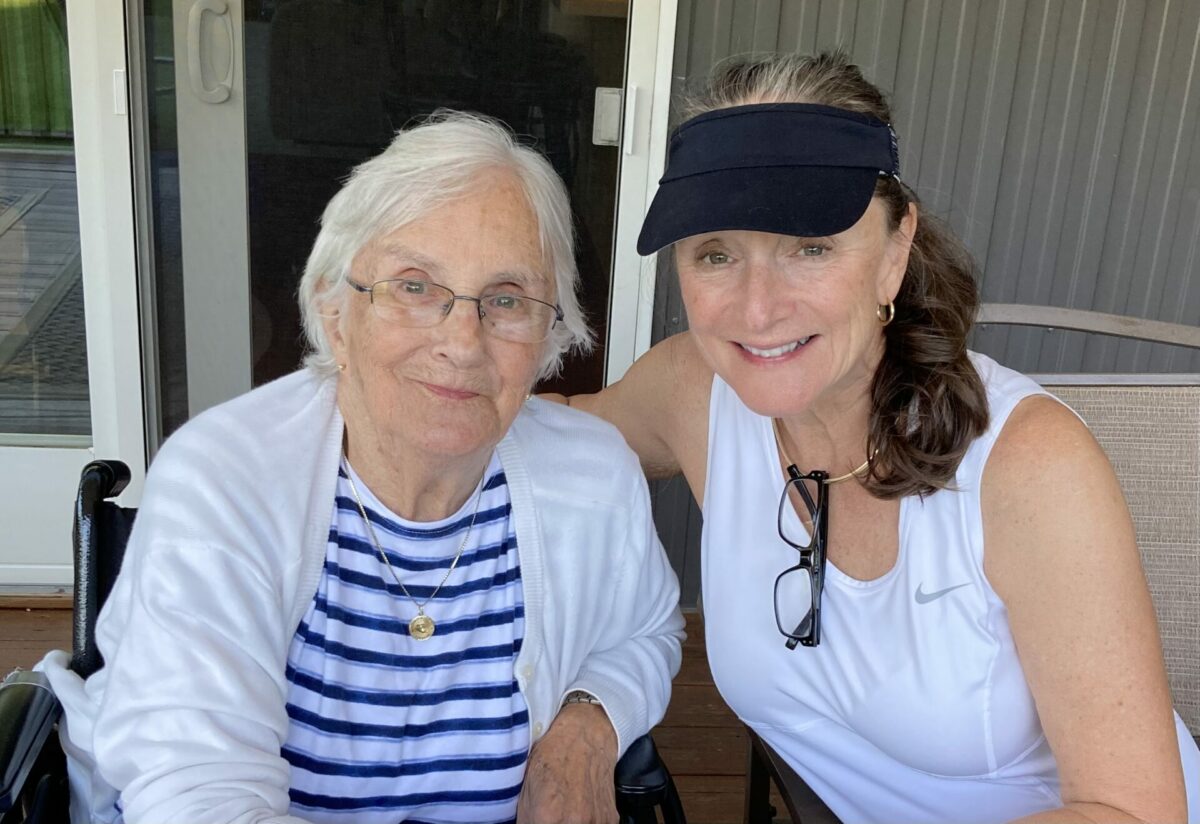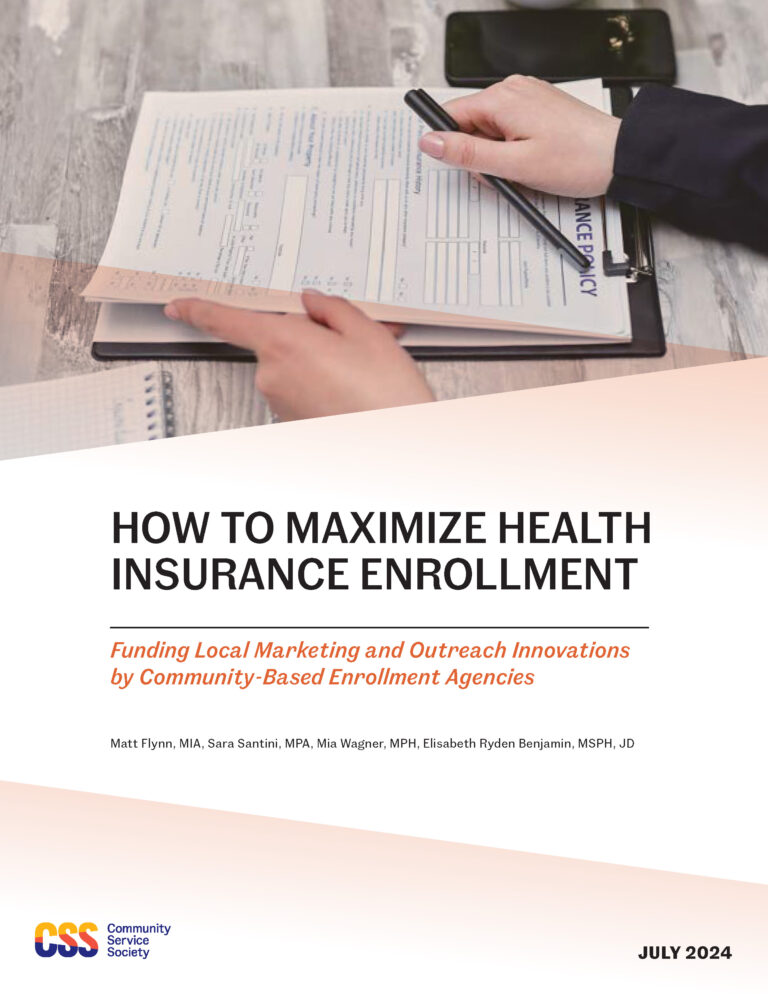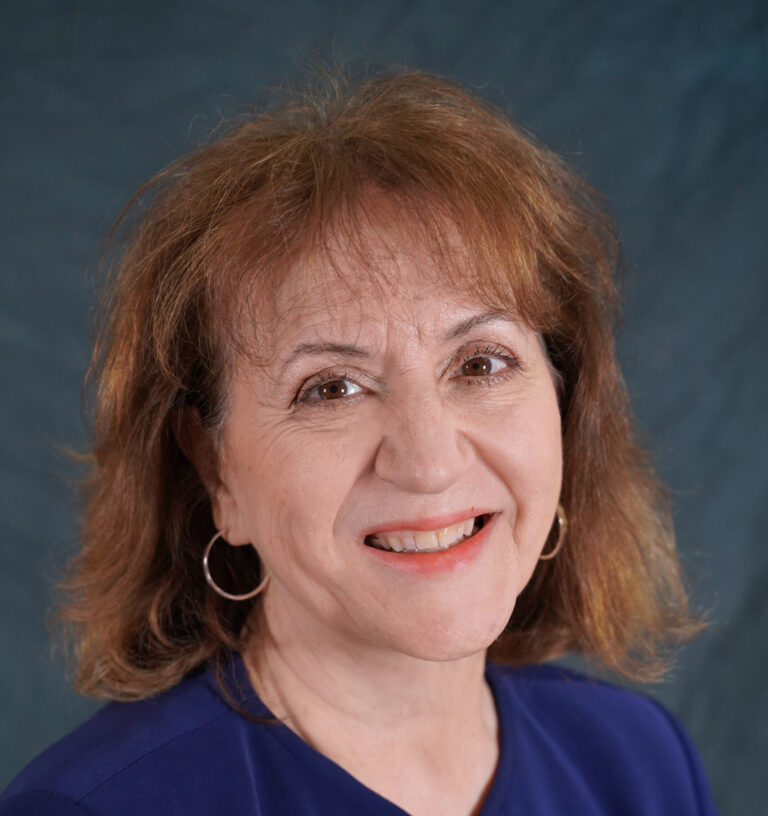This post is part of our Transform Rural Health campaign. Learn more, including how you can let your elected officials know that rural communities deserve the best opportunities for good health.
Barbara Hastings understands rural health inside and out. Barb, who began her career in nursing, was the public health director at the Cattaraugus County Health Department from 2002 to 2009. She also served as assistant medical director of the Cattaraugus County Department of Social Services, and as a county legislator. But it’s her personal experiences in this rural community that have made its health care challenges clearer to her than ever.
“I’ve been a family caregiver for a long time,” said Barb. “I cared for my uncle, my father-in-law, and now my mom.” Barb’s mother came to stay with her after a hospital stay for sepsis. Even with lots of help and personal support—Barb has nine siblings, who all took turns caring for her mother after she left the hospital—the responsibilities of caregiving became overwhelming.
Family caregiving in rural areas presents unique challenges—health care workforce shortages mean direct care workers are hard to find, and location-based respite programs are rare.
Fortunately, Barb knew to reach out to Healthy Community Alliance, a local rural health network. HCA’s Caregiver Tech Solutions program provided Barb with not only functional support—a smart watch and video monitor that helped her stay on top of her mom’s needs—but the support she found through the program helped her mentally process her role as caregiver.
“My coach, Ashley, helped me at every step, including going through training and filling out surveys to assess my situation and needs. It was difficult to complete those forms, but they were very insightful. It gave me the time and space to pause and say, ‘am I OK?’” shared Barb.
The tech solutions Barb received help her monitor her mom’s needs while having time for her own exercise—she loves to walk the peaceful roads around their home—or play with her grandkids outside, both sources of much needed respite.
The compassion and innovation provided by Healthy Community Alliance to Barb’s family is no rarity. Rural health networks bring that collaborative approach to meeting community needs every day. That’s why the leaders of rural health networks have been shocked to see New York State cut funding for their programs drastically since 2016.
“Rural health networks are creative in the way we do things,” said Ann Battaglia, Chief Executive Officer of Healthy Community Alliance. “We co-partner on events, we leverage each other’s strengths. Our budgets might be limited, but we find the gaps and then partner to fill them. Without a strong network of rural health programs we wouldn’t be able to bring these programs to the community.”
Coupled with her professional experience, Barb’s personal journey as a caregiver drove home what she sees as the most pressing health needs in rural communities.
“Our county has been near the bottom when it comes to health outcomes for a long time, because of the same problems—like lack of transportation, the health care workforce shortage, and high rates of obesity and smoking. These disparities have been well-researched and discussed for years. Now we need solutions.”
Her family came face to face with the impact of the health care workforce shortage after her mom’s illness. “There aren’t enough nurses and home health aides. The pay is too low, the work is hard and the hours are long, so it’s hard to recruit new staff. When you can find aides, the finances of in-home care are a burden to most families, too,” Barb said. She found that even the local hospice program had a waiting list.
What needs to be done? More investments, more opportunities, and perhaps even taking a page from the innovative caregiver program that helped her family.
“Rural health needs more funding and improved educational and training opportunities for health care workers, plus financial incentives and improved compensation,” said Barb. “We need innovation—technology helped my family. Can we use the same approach to find solutions for these other issues?”



